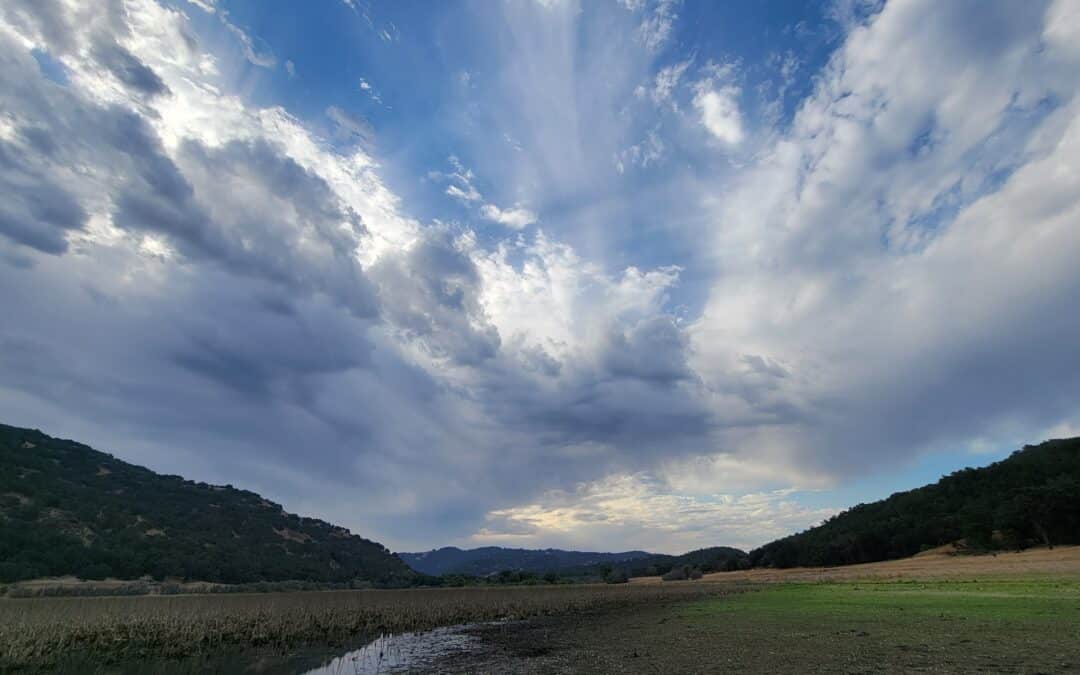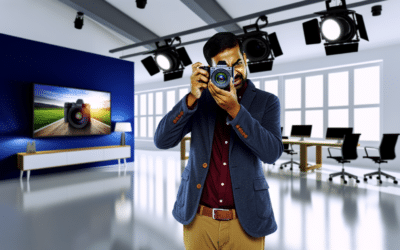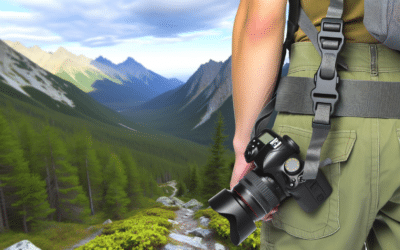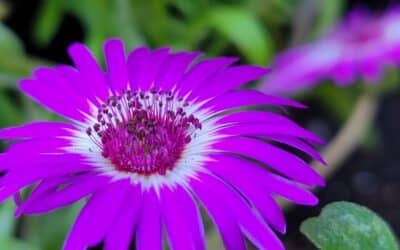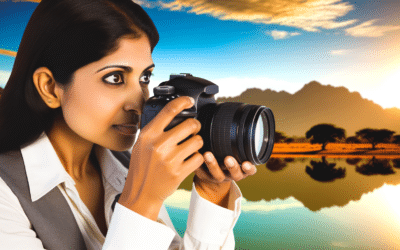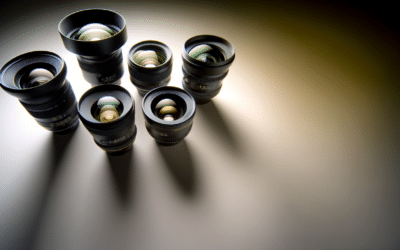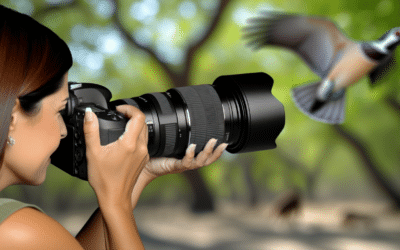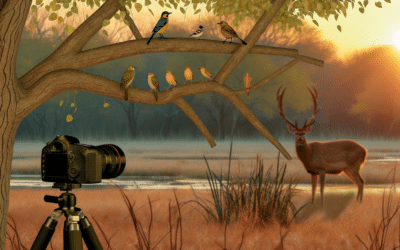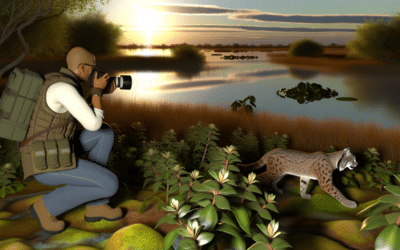If you’re just starting out in landscape photography, here are seven tips to help you get the most out of your camera and capture stunning landscapes.
1. Scout your location: Use tools like Google Maps or apps like PhotoPills to find interesting locations and determine the best time to shoot. You can also use these tools to plan your composition and find the best vantage point for your shot.
2. Pay attention to the light: Light is one of the most important factors in landscape photography. The best light for landscape photography is often found during the golden hour, which is the hour after sunrise and the hour before sunset. During this time, the light is soft and warm, creating beautiful colors and shadows. Be aware of the direction of the light, as it can create interesting patterns and textures.
3. Use a tripod: A sturdy tripod is essential for landscape photography. It allows you to take longer exposures and keeps your camera steady. This is especially important if you’re shooting in low light conditions. A tripod also allows you to fine-tune your composition without having to hold your camera steady.
4. Experiment with depth of field: Depth of field is the range of distance that appears sharp in your photo. In landscape photography, you may want everything in focus from the foreground to the background. This requires a deep depth of field, which means using a small aperture (higher f-stop number). Experiment with different apertures to find the best depth of field for your shot.
5. Use a polarizing filter: A polarizing filter is a great tool for landscape photography. It helps reduce glare and reflections, and can also enhance the colors in your photo. It’s especially useful when shooting near water or in bright sunlight.
6. Shoot in RAW: Shooting in RAW format gives you more control over your final image. RAW files contain more information and allow you to make adjustments to exposure, color, and contrast without losing quality. This is especially important in landscape photography, where the colors and tones are a crucial part of the composition.
7. Don’t forget about the foreground: The foreground is an important element in landscape photography. It can add depth and interest to your photo. Look for interesting foreground elements, such as rocks, flowers, or other natural elements. Use leading lines to draw the viewer’s eye through the image.
By using these seven tips, you can elevate your landscape photography skills and capture stunning images that showcase the beauty of nature. Remember to experiment and have fun with your photography, and you’ll be sure to capture some amazing shots.
Nikon Z9 review: a DSLR-like stills/video monster
The Nikon Z9 is a groundbreaking 45.7MP full-frame mirrorless camera designed for professional sports photography. It boasts a...
Rural Travels with the Nikon Z9. My Full Review. |
Steve Huff shares his comprehensive experience with the Nikon Z9 camera, highlighting its exceptional capabilities as a hybrid...
Top 5 Exciting New Cameras for 2024
Camera technology, particularly mirrorless models, has seen significant advancements, with the latest releases showcasing...
The Best Camera Strap for Hiking and Backpacking
Carrying a DSLR camera with a traditional neck strap while hiking can be cumbersome, causing neck discomfort and camera swing....
Best Camera Strap for Hiking
Welcome fellow explorers and shutterbugs! If you’re seeking the ‘Best Camera Strap for Hiking’, you’re in the right place. Just...
22 Landscape Photography Tips for Beginners
The Essence of Landscape Photography The allure of landscape photography extends beyond picturesque sunsets and vibrant foliage;...
A Guide to Filters for Lenses
Lens filters serve a dual purpose: they protect the camera lens and enhance image quality. Basic filters include ultra-violet...
What Type of Lens to Use for Specific Situations
The lens is a crucial component of a camera, significantly impacting image clarity, color, and detail. In contrast to fixed...
How To Get Up Close With Close-Up Lenses
An Overview of Close-Up Lenses For those seeking a cost-effective and straightforward method for capturing detailed images of...
10 Best Lenses for Wildlife Photography (2024)
The Sony FE 70-200mm f/2.8 GM OSS II lens represents a significant improvement over its predecessor, offering a lighter design...
20 Essential Tips on Wildlife Photography for Beginners
Entering the realm of wildlife photography can be an intimidating endeavor. Wildlife photographers often find themselves in...
Nature Photography 101
Nature photography is not only an enjoyable hobby but also a means to contribute to conservation efforts. Enthusiasts like David...
